Pest Identification
A study of the more common garden pests illustrated below will help you to recognize them at first glance. The pictures will acquaint you with some of the helpful insects and small animals that can aid in controlling the more damaging invaders. Notice that beetles can fall into either category—helpful or harmful—and that earwigs are not all bad.
Many plant pests hide in the daytime, so if you see signs of damage, wait until dark, and then go out with a flashlight to search for the marauders. You may see swarms of earwigs, slugs, or cutworms, and you can pick them off or eradicate them with a chemical spray right then.

Ants
Some kinds protect aphids, mealy bugs, scale and feed on their honeydew (no, not a melon.. the polite word for sticky insect poop). Ants also like to dig nests that may result in injured plant roots.
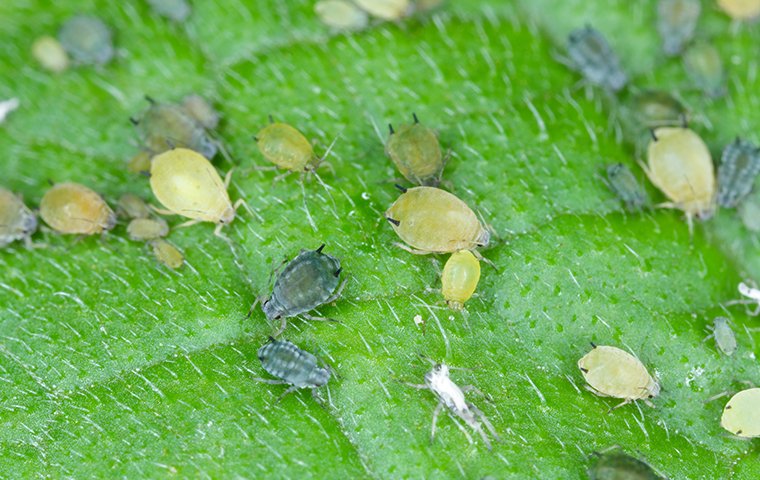
Aphids
Tiny green, black, yellow or pink insects; sometimes winged. Live and feed in colonies; stunt plant growth. Some excrete honeydew; spread diseases.

Beetles
Many kinds and sizes; feed on leaves, bark. Handpick large, slow-moving ones. Kills grubs (larvae) in the soil if you turn them up while cultivating.

Borers
Many kinds; larvae (caterpillars or grubs) bore into stems and trunks. Paint adhesive on base of peach trees for peach borers.
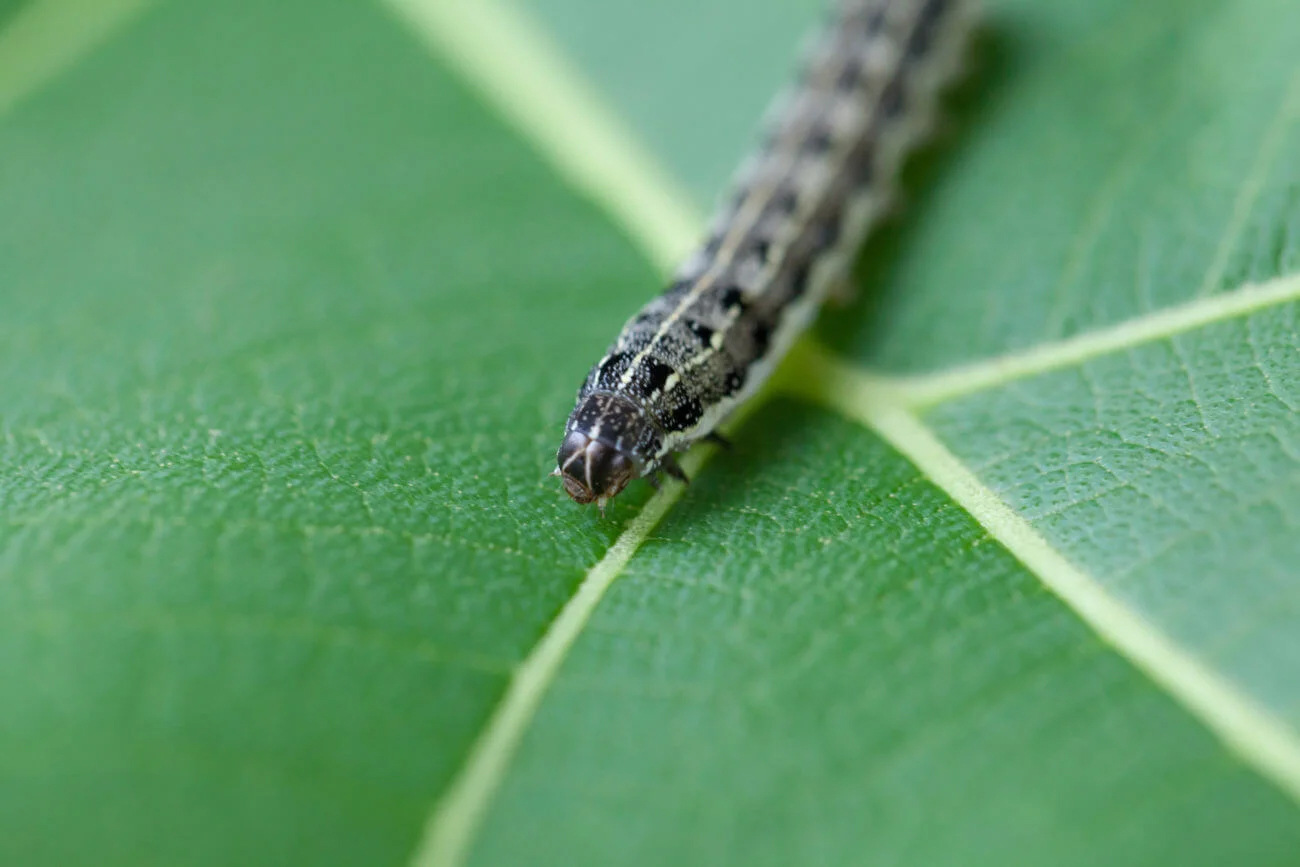
Cutworms
Hairless moth caterpillars; common leaf-eating pests. Often cut off seedlings at ground level. Some feed at night, hide in soil during the day.
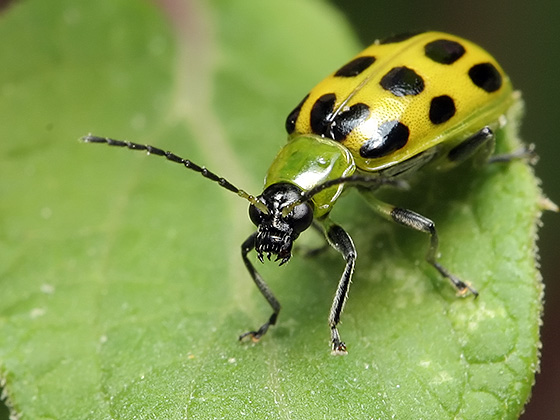
Diabrotica
Also known as cucumber beetle; some closely related kinds are striped. Feed on many different vegetables and flowering plants. Larvae feed on roots.

Earwigs
Night feeding insects. Feed on other insects as well as flowers and leaves. Check damaged plants at night, spray any earwigs you find.
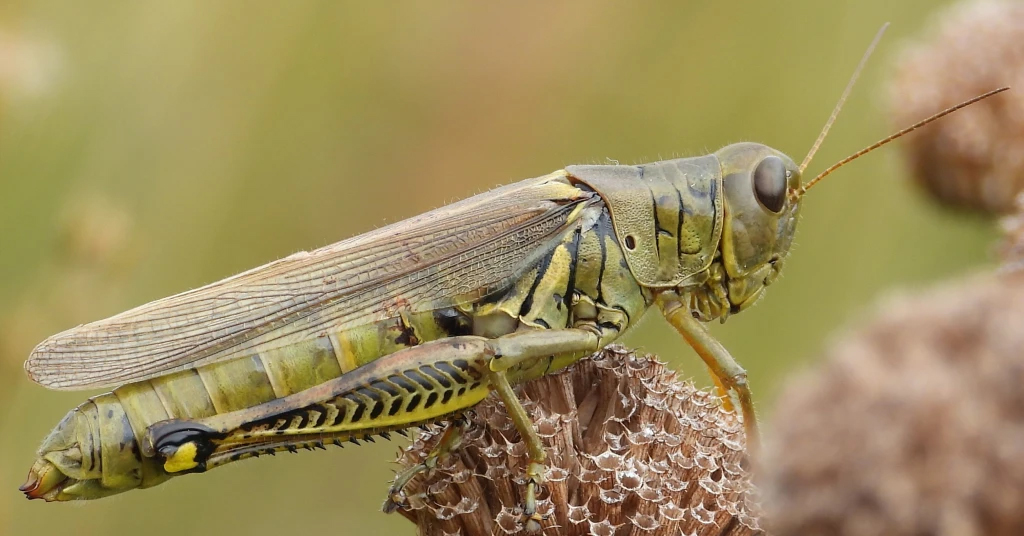
Grasshoppers
Late summer pests with ravenous appetites. Most prevalent in warm winter, hot summer areas. Lay eggs in soil, hatch following spring.
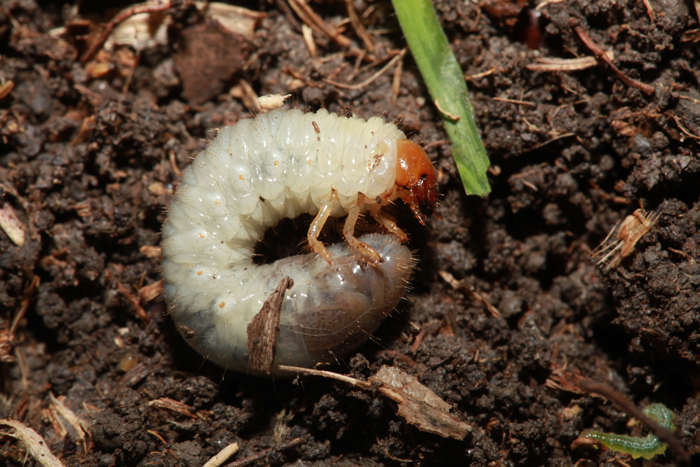
Grubs
Root-feeding beetle larvae that live just beneath soil surface. In lawns they feed on grass roots whereas lawn-infesting cutworms feed on blades.

Leaf Miners
Insects lay eggs on leaf surfaces. Tiny larvae enter leaves; feeding results in unsightly serpentine effect. Spray to kill adults before they lay eggs.
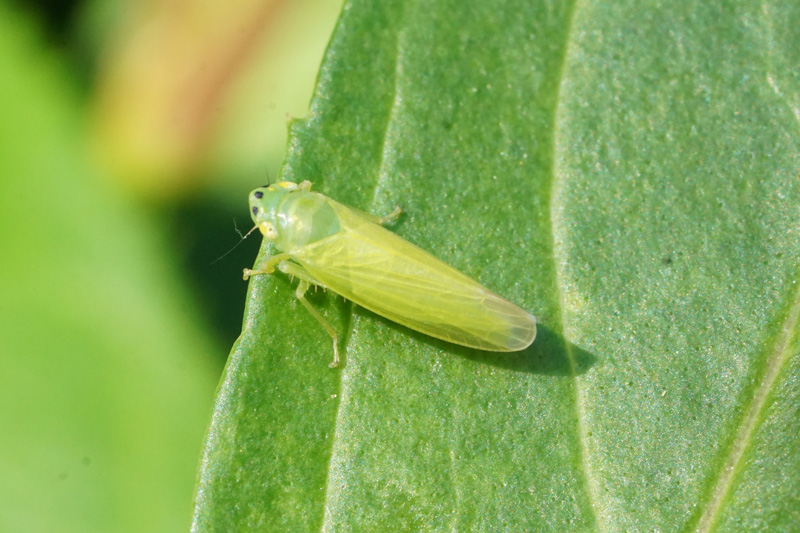
Leafhoppers
Small, fast moving green or brownish insects. Feed on underside of leaf causing white stippling on upper side. Some kinds spread virus diseases.
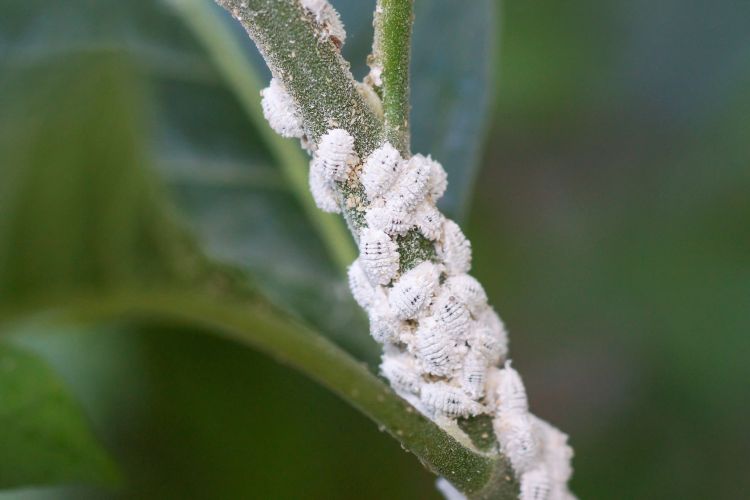
Mealy bugs
Small, white nearly immobile insects that form colonies at stem joints or toward base of leaves (usually the underside). Houseplants often attacked.
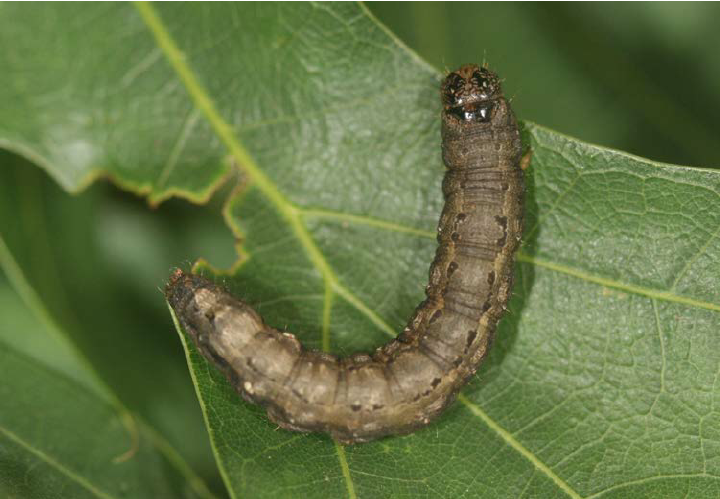
Oak Moths
Larvae eat leaves of western native oaks particularly in coastal California. Two broods each year – spring and summer. Larvae can strip tree leaves.
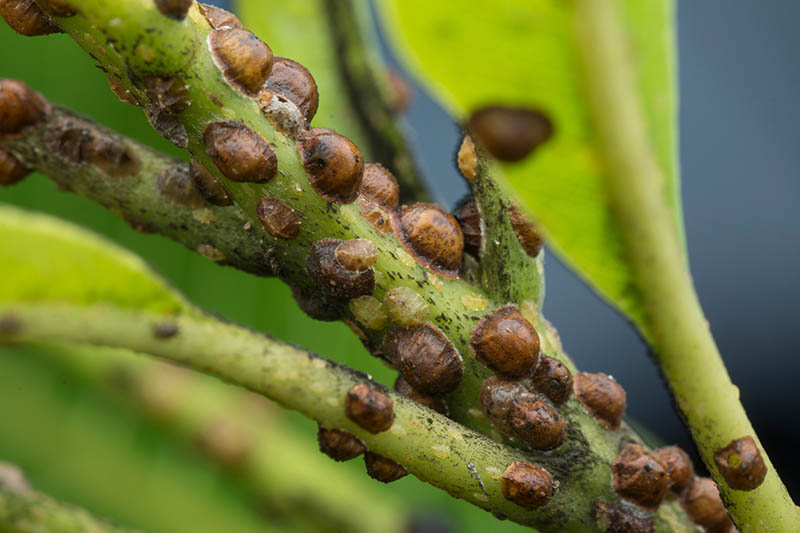
Scale
Small insects that attach themselves to stems and leaves; generally covered with protective shell, form colonies. Some secrete honeydew, attract ants.

Slugs/Snails
Among commonest, most destructive garden pests. Feed at night and on cool, overcast days, hide on warm, sunny days; leave a trail of silvery slime.
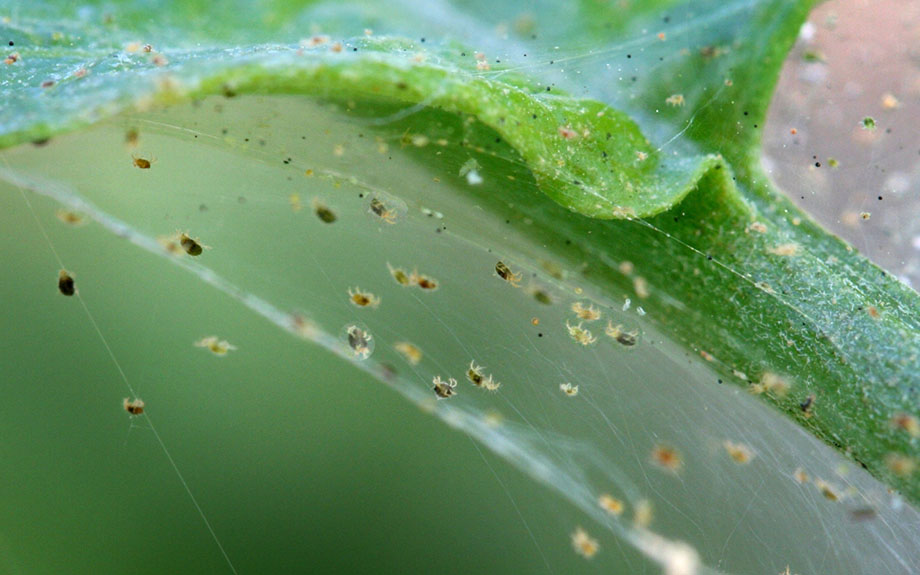
Spider Mites
One of worst summer pests. Finely stippled leaves with silvery webs on underside; you need a hand lens to see the mites. One called red spider.

Spittle Bugs
You can’t see the bug because it’s surrounded by protective froth. Feeds on stems, frequently on strawberries. Common, not-too-serious pest in spring.

Thrips
Tiny, fast moving insects that damage plant tissue by rasping surface cells. Feed inside flower buds, so flowers seldom open. Also feed on foliage.

Weevils
Many kinds including strawberry root weevil; most are quite small. Adults feed on leaves and fruit at night, hide by day. Grubs feed on roots.

Whiteflies
Very small, common pests. Scale like nymphs (young) attach to (and feed on) underside of leaves. Pure white adults flutter about erratically.
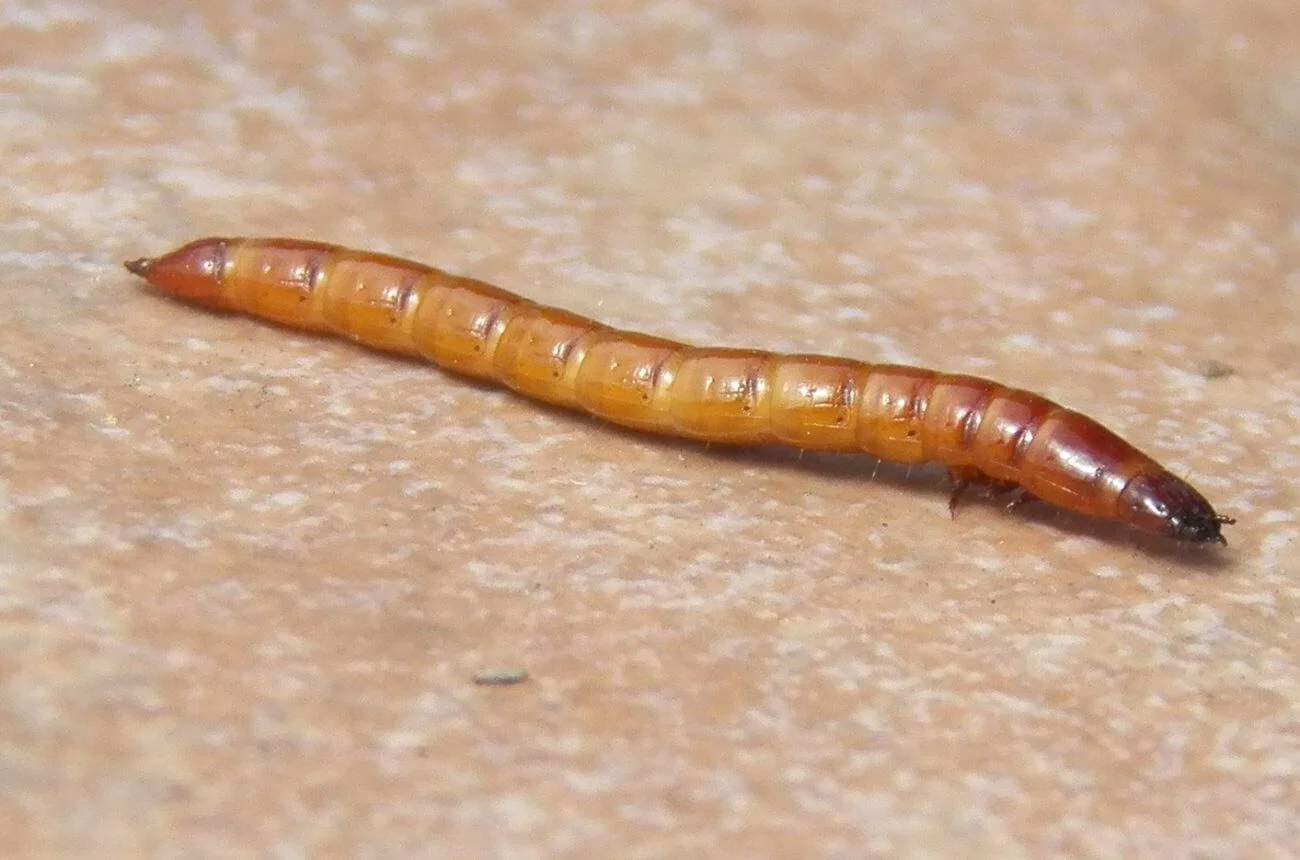
Wireworms
Waxy, yellow, inch-long worms (grubs) cut roots, bore into bulbs, large roots, and stems, leaving irregular, deep pits. Also attack germinating seed.
